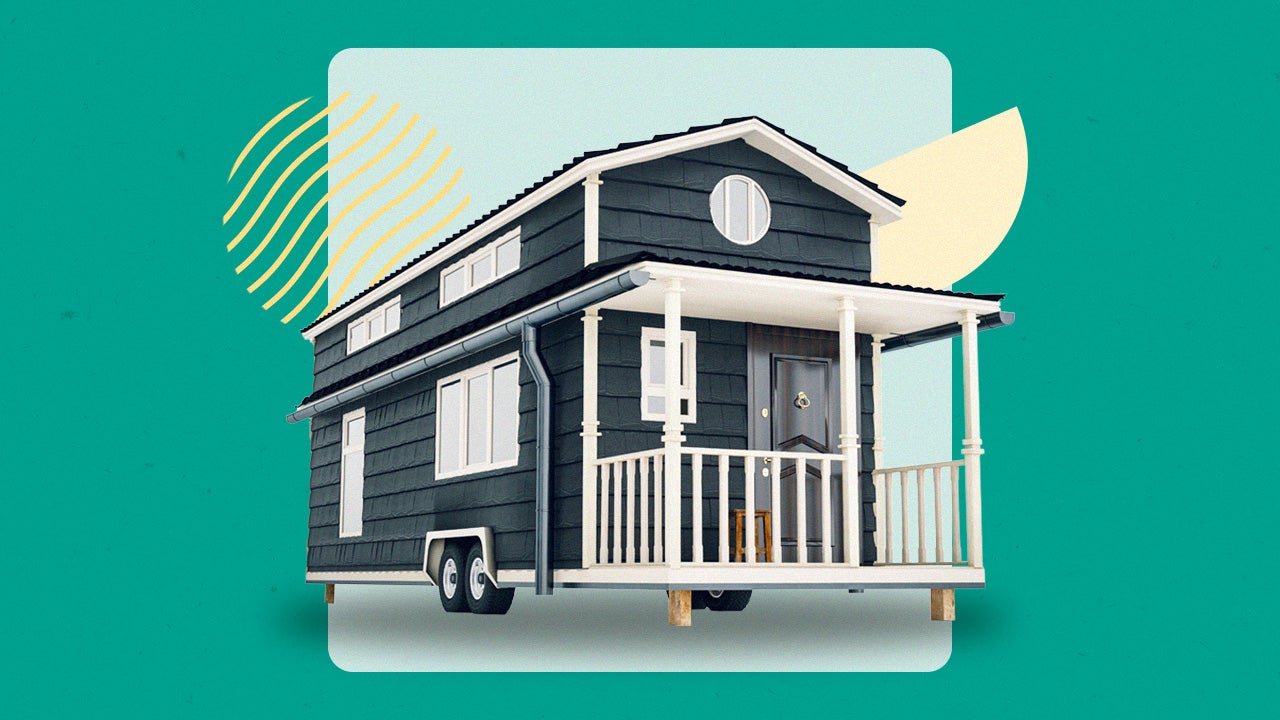Eyeing a home in a high-risk area? Finding insurance may be the biggest hurdle

Eloy Carmenate, a real estate agent in Florida for over three decades, remembers a time when getting a home insurance policy before buying a property was more of an afterthought than the challenge it can be now.
“It’s always been a requirement to have insurance if you are getting a mortgage, but it wasn’t the big deal it’s become in the last few years,” says Carmenate, an agent with The Corcoran Group in Miami Beach. “We’ve seen an increase in natural disasters that’s made insurance more expensive and more difficult to get.”
That combination of higher premiums and, in some cases, difficulty in finding coverage is causing some homebuyers to think twice about purchasing properties at high risk of flooding and other natural disasters.
An analysis of homes listed for sale nationally in June 2024 showed properties with high flood or fire risks took an additional 12 days to sell compared to low-risk homes, according to a Zillow report. Homes with high flood risk typically sold for 6 percent below list price, while homes in areas at high risk of wildfires saw a 1.4 percent discount.
Climate concerns ‘reshaping’ housing market
Billion-dollar weather disasters have caused about $1.4 trillion in damage in the U.S. over the last 10 years, the most of any decade on record, and the earth’s temperature set a new record high in 2024, beating the prior record set in 2023, according to the National Oceanic and Atmospheric Administration. Warming oceans intensify weather events by providing more energy and moisture to storms, resulting in stronger winds, heavier rain, and an increase in flooding.
“The risk of natural disasters and rising insurance costs are profoundly reshaping the housing market,” says Kara Ng, a senior economist at Zillow. “Homebuyers are paying attention.”
More than 80 percent of home shoppers consider climate risks when looking for a new home, according to Zillow data. And more than half of new listings carry major climate risk.
Most prospective buyers say their major concern is flood risk, followed by wildfires, extreme temperatures, hurricanes and drought. About 90 percent of damage from natural disasters in the U.S. involves flooding, according to the Department of Homeland Security.
Insurance costs can make homes unaffordable
The insurance industry is grappling with an increase in extreme weather by hiking rates to cover losses. Extreme weather-related premium increases are on top of inflation-related increases post-pandemic. Premiums began rising about a year after inflation reached a peak in 2022, making lumber, drywall and other construction material more expensive and driving up the cost of replacing homes.
According to data from Quadrant Information Services, the average cost of home insurance for a policy with $300K in dwelling coverage increased 7 percent from June 2022 to April 2025 — from $2,116 to $2,267.
Those numbers don’t include flood insurance, which usually requires the purchase of a separate policy. The average annual cost for a flood insurance premium from the National Flood Insurance Program is $870, up 8.8 percent from 2023, according to data from the Federal Emergency Management Agency.
Already squeezed by high home prices and mortgage rates above 6 percent, homebuyers are getting an additional sticker shock when they see how much their home insurance will cost, says Daryl Fairweather, chief economist at Redfin.
Home prices and mortgage rates are still the largest determiners of affordability, but now insurance payments are becoming a big factor.— Daryl Fairweather, chief economist, Redfin
Pricier insurance adds to PITI payment
For some potential buyers, hefty insurance premiums may lead to mortgage denials. That’s because it boosts their monthly housing-related expenses above the level that mortgage lenders will approve.
Lenders use a formula that combines monthly payments known as PITI: the combination of a mortgage’s principal and interest, plus taxes and home insurance. Typically, lenders want to see the PITI payment not exceed 28 percent of a borrower’s gross monthly income.
“A big insurance premium has the potential to knock someone out of the market,” says Carmenate, the Miami Beach real estate agent.
Insurers of last resort are available — at a cost
To limit exposure, some of the nation’s largest insurers have left high-risk markets in states like California, Florida and Louisiana. Others are limiting exposure by issuing nonrenewals for high-risk properties — in other words, refusing to renew an annual policy even though the homeowner pays on time.
“There is a clear correlation between nonrenewal rate and climate risk,” said a report from the U.S. Senate Budget Committee issued earlier this year.
The top state for nonrenewals is hurricane-prone Florida, according to the Senate report. Also in the top five are California, where seven major home insurers have paused or limited new policies in the state due to wildfire losses, and Louisiana, where more than a dozen companies have left the state in the last two years.
A lack of insurance options puts homeowners in a bind. If they have a mortgage and lose insurance coverage, their mortgage servicer will issue a “forced place” policy that is expensive and paid by the homeowner — even though it primarily protects the mortgage company.
Most states have a stop-gap option known as an “insurer of last resort.” Typically, it’s a state-mandated consortium of private insurance companies issuing policies that only cover catastrophic losses. It usually has less coverage and is more expensive than standard home insurance — in California, it can be more than double the cost — but it’s enough to satisfy the requirements of a mortgage.
Citizens Property Insurance Corporation, the insurer of last resort in Florida, makes up 17 percent of the market share for residential multi-peril homeowners policies in the Sunshine State. Private carriers who are willing to write policies often exclude key perils, like wildfire or wind, from policies. Florida homeowners commonly need to buy separate windstorm insurance policies, and when it comes to wind-only residential policies, Citizens makes up an eye-watering 78 percent of the market share.
If widespread loss events cause claims to exceed available state funds, the private insurance companies have to kick in more money — a cost they typically pass on to their customers in the form of higher premiums.
“There’s a lot of concern not just with the rising cost of home insurance, but the availability of it in certain parts of the country,” says Lawrence Yun, chief economist of the National Association of Realtors. “In some cases, it has become part of the home-buying decision.”
Why we ask for feedback Your feedback helps us improve our content and services. It takes less than a minute to complete.
Your responses are anonymous and will only be used for improving our website.
You may also like

What is a homeowners insurance peril and how does it work?

Small size, big headaches: how to insure a tiny home




